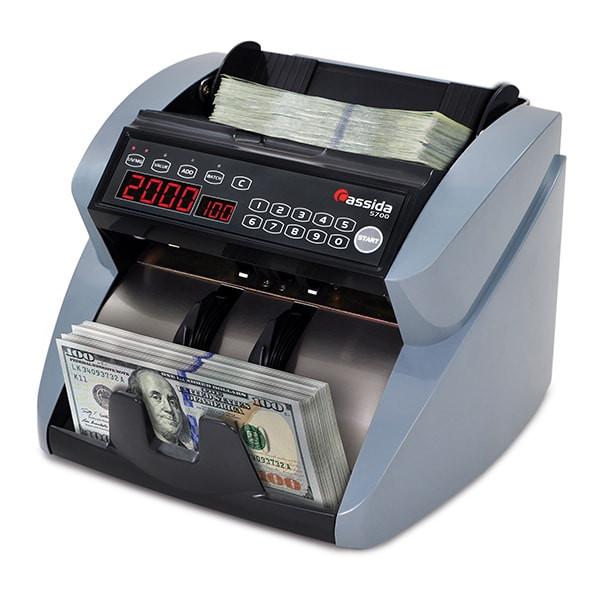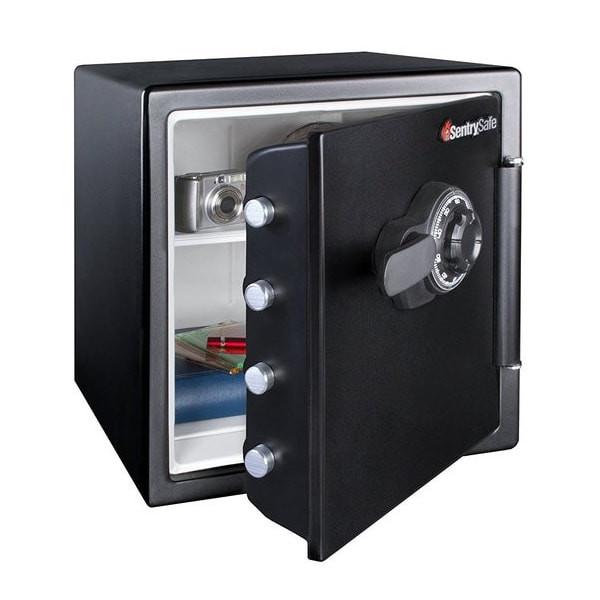Virtual Currency at Risk for Counterfeiting Just Like Real Money

Virtual currency has just started to explode in the past few years and the Bitcoin is definitely the leader of the pack. The Bitcoin is a form of virtual currency that can be used to buy and sell goods online, with more and more retail sites adding the ability to accept Bitcoin every week.
But what about counterfeiting? Well, there are certainly some risks that come with Bitcoin, including the fact that it is not regulated like other currency. This has some of the biggest financial organizations in the world worried. Counterfeiting is already a major problem and a new currency that is specifically designed to be anonymous and untraceable may create even bigger challenges.
For example, the Reserve Bank of India recently released a statement advises their customers not to use virtual currency, stating that they have not given authorization for any digital currency to be used in transactions including Bitcoin. Their statement said, in part: “any user, holder, investor, trader, etc. dealing with virtual currencies will be doing so at their own risk.” They also released a similar statement in December of 2013.
The problem is, since there is no government agency or central authority that is regulating and monitoring Bitcoin or other virtual currencies, the loss of money due to hacking or malware will likely result in a permanent loss of the monetary value that had been stored in this virtual currency.
In addition, since payments are regulated by peer-to-peer transactions without any sort of a system set up for dispute or arbitration, virtual currencies are highly volatile and the actual value is speculated rather than confirmed.
You never know who you are dealing with either. Traders have no idea what the legal status is of the exchange that they are using and that means that you not only take a financial risk, but also a legal one. You could be breaking money laundering laws or supporting terrorism without even knowing it.
In addition to these concerns, banks and authorities are worried that Bitcoin and other virtual dollars are subject to counterfeiting, just like other types of money. But counterfeiting risk with Bitcoin is actually pretty low and to understand why, you first have to understand the process by which Bitcoins work.
The Bitcoin was released in 2009 by someone called Satoshi Nakomoto (not their real name) and to this day, no one knows their true identity. The value of Bitcoin started out pretty small but has exploded in recent years, reaching a value of $1000 (U.S.) per Bitcoin and then dropping steeply. In 2016, the value started rising again and at the time of this writing, the Bitcoin’s value is $1195.40.
Bitcoin are generated by computers. In fact, it takes a huge network of computers to generate a Bitcoin, which they do by completing difficult mathematical tasks – known as Bitcoin mining. The most Bitcoin that can be ever be mined is 21,000,000 but the system is set up so that the “mining” tasks become more difficult and time consuming the more they are released. So, in 2009, it was very easy to mine a Bitcoin, but today, it would take a standard desktop or laptop computer about 4 years to mine a Bitcoin, and the power requirements would be large. That’s why specialized hardware is used to mine them these days.
But Bitcoins can be bought with actual currency at various exchanges – with a single Bitcoin parceled up for sale. The computers on the network actually verify the authenticity of Bitcoin and that’s where the difficulty of counterfeiting comes in.
Each individual Bitcoin has a specific identity and it must be entered into what is called a “block chain” which is shared across all of the networks and by most computers. This block chain only allows each Bitcoin to be listed once or the entire block chain is invalid. That means that the only way to “counterfeit” a Bitcoin would be to spend it twice. But that’s almost impossible as well.
To understand why, imagine that you have one Bitcoin and you want to send it to someone who is selling a computer. Steve and John both have computers you want that they will sell for one Bitcoin. You can show both of them your Bitcoins but you cannot give it to both of them because there is only one block chain for transferring and a unique Bitcoin cannot be sent twice.




Leave a comment